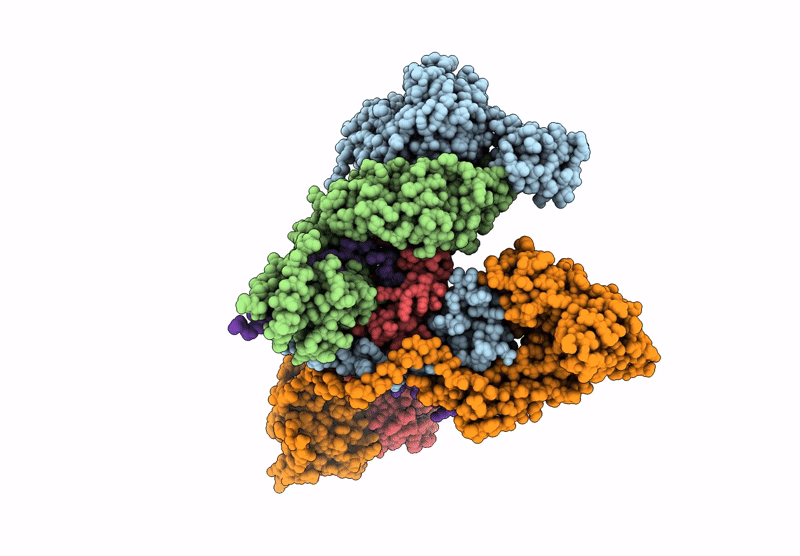
Deposition Date
2020-01-15
Release Date
2020-01-29
Last Version Date
2024-05-22
Method Details:
Experimental Method:
Resolution:
3.80 Å
Aggregation State:
PARTICLE
Reconstruction Method:
SINGLE PARTICLE


